Understanding context Normal Worksheets for Ages 4-7
5 filtered results
-
From - To
Welcome to our "Understanding Context Normal Worksheets for Ages 4-7," designed to ignite early learning and critical thinking in young minds. These engaging worksheets help children enhance their comprehension skills by teaching them to interpret words and phrases within different contexts. Through fun illustrations and relatable scenarios, kids will practice identifying the correct meanings of words based on surrounding information. Ideal for home or classroom use, our worksheets support developing language skills effortlessly while making learning enjoyable. Help your child build a strong foundational understanding of context in language—download and start exploring these valuable resources today!
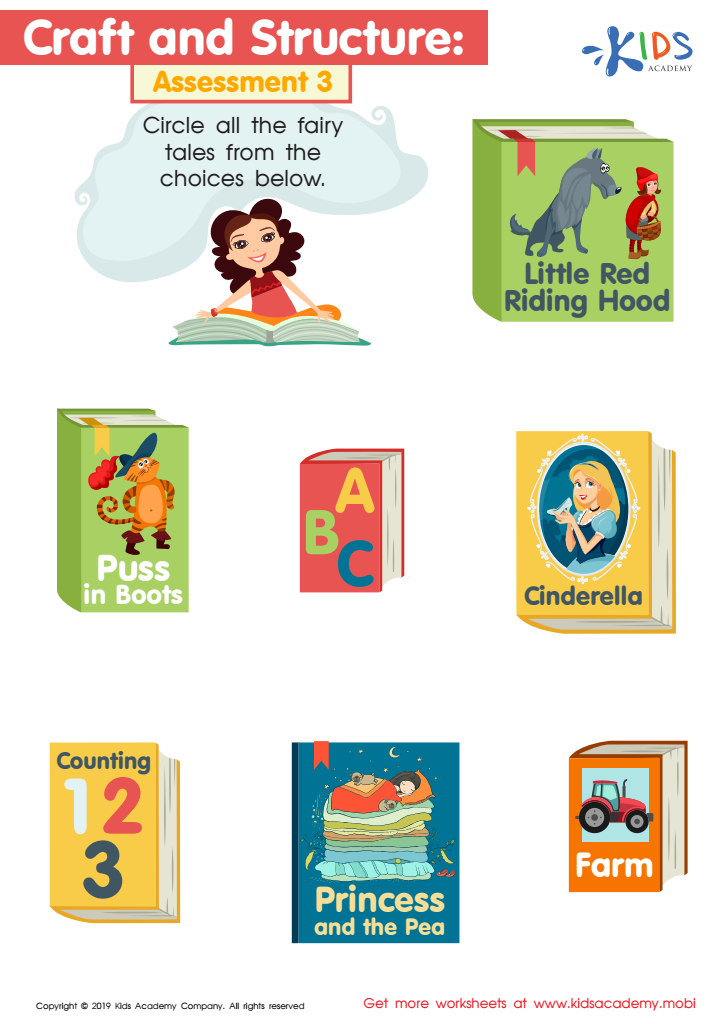

Craft and Structure: Assessment 3 Worksheet
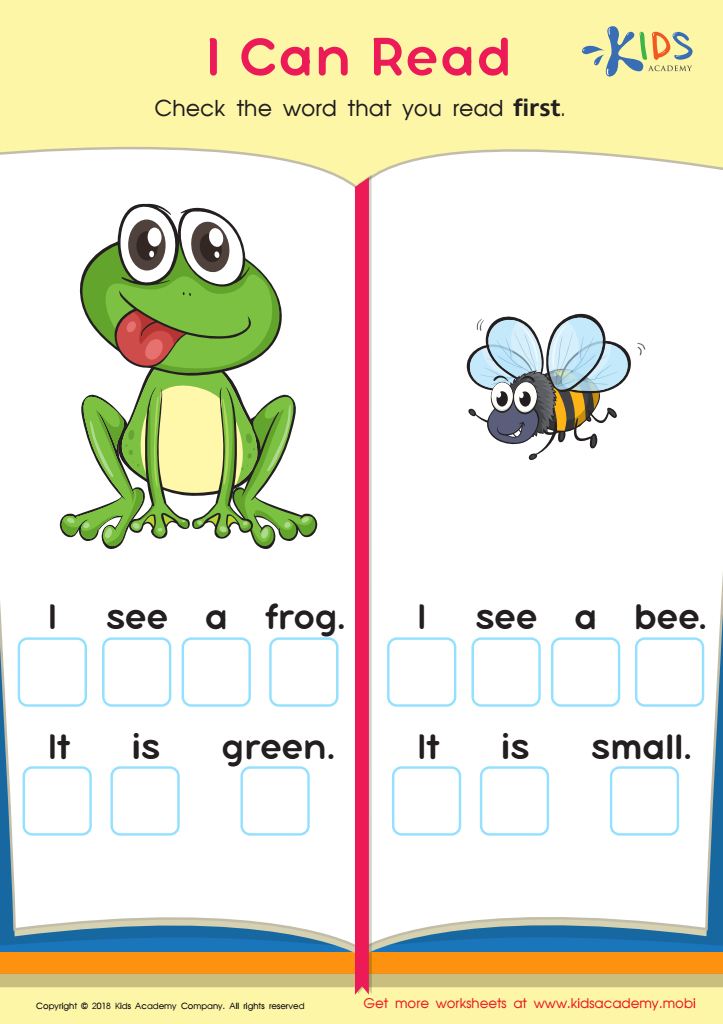

I Can Read Worksheet
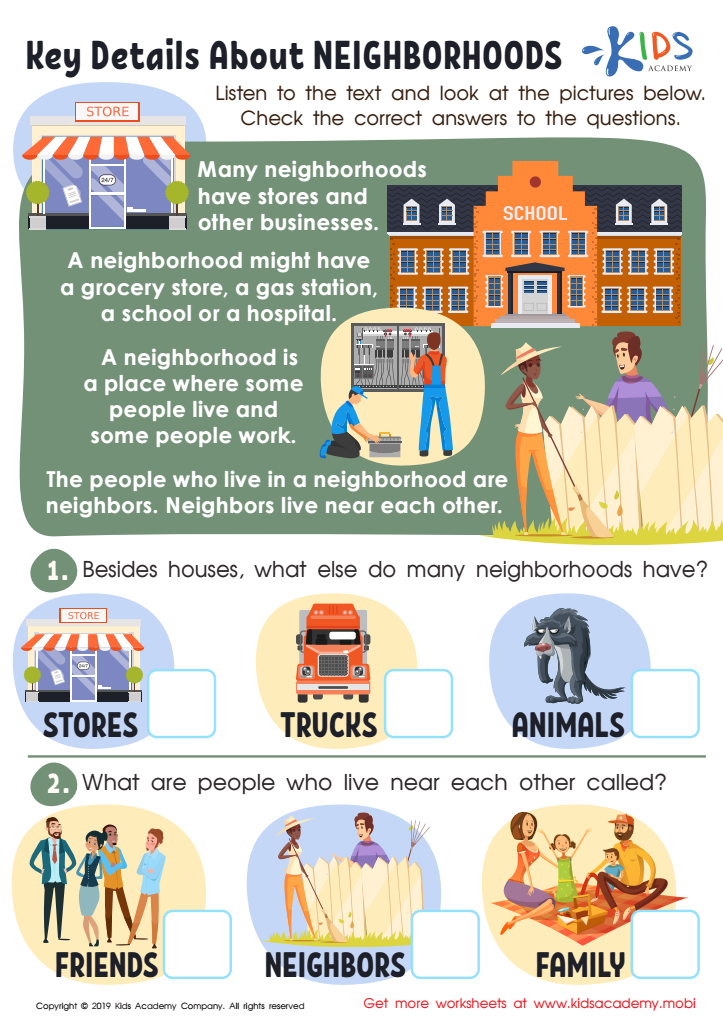

Key Details Neighborhoods Worksheet
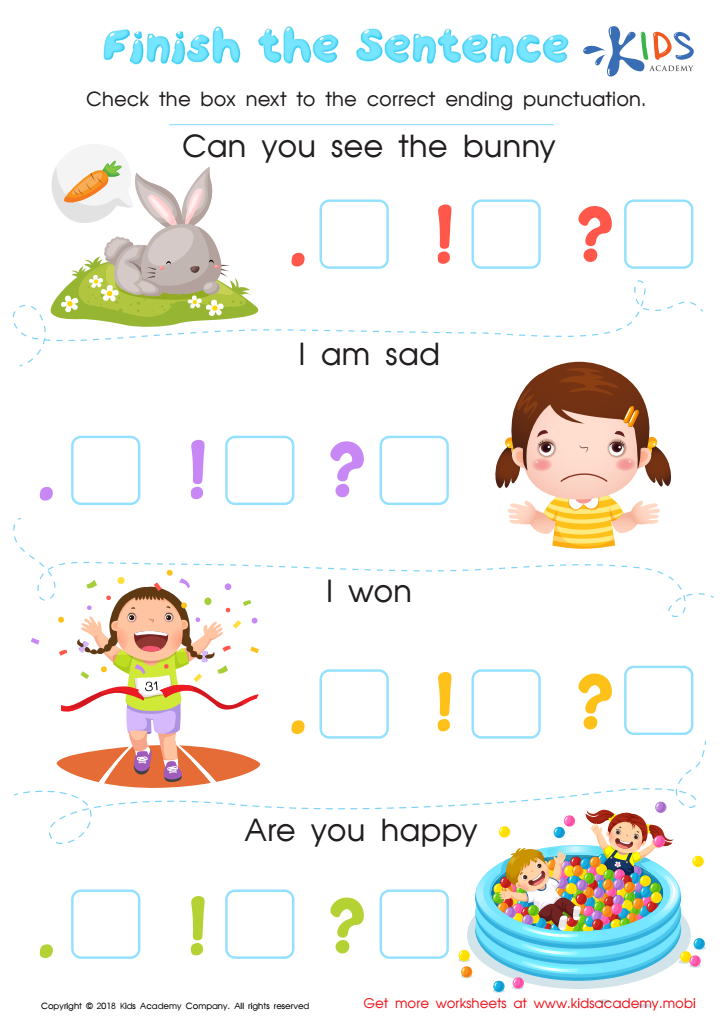

Finish the Sentence Worksheet
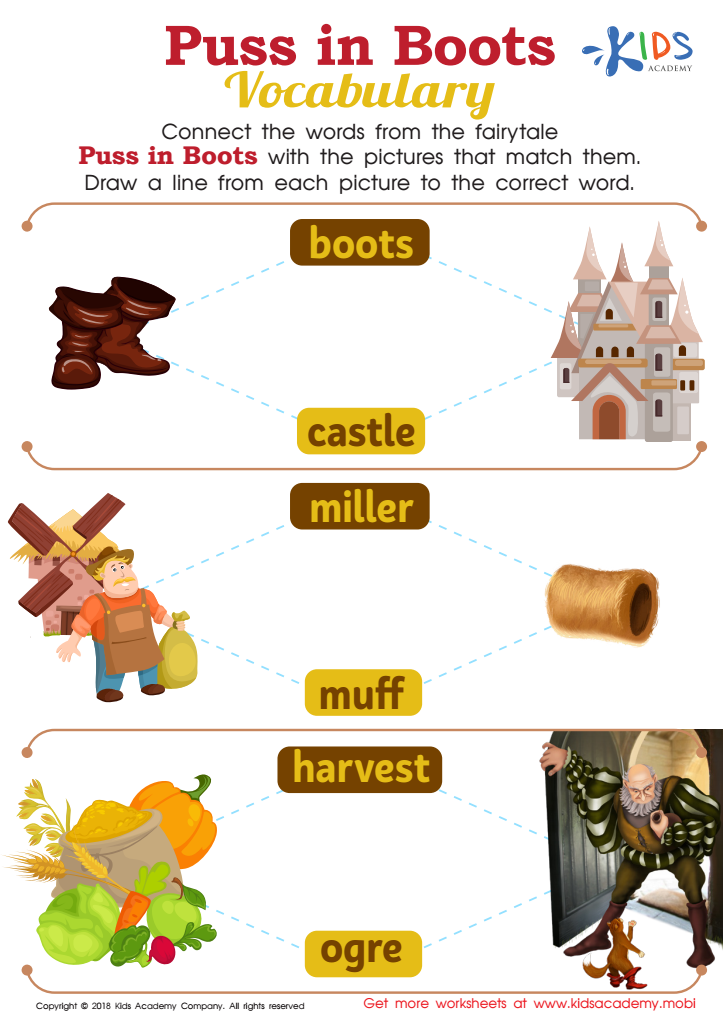

Puss in Boots Vocabulary Worksheet
Understanding context is crucial for parents and teachers of children aged 4-7 because it significantly impacts a child's communication skills, social interactions, and learning processes. At this age, children are developing their ability to understand the world around them, including language, emotions, and social cues. Context helps them make sense of stories, conversations, and experiences, allowing them to grasp meaning beyond the literal words.
When parents and teachers emphasize the importance of context, they equip children with the necessary skills to interpret and respond appropriately to different situations. For example, a child learning to read benefits from understanding the context of a story, which enhances their comprehension and critical thinking. Similarly, in social situations, recognizing the context of interactions helps children develop empathy, as they learn to interpret the feelings and intentions of others.
Moreover, fostering contextual understanding encourages creativity and problem-solving abilities, essential for lifelong learning. By relating lessons to real-life situations or encouraging discussions about feelings and experiences, adults can reinforce a child's ability to understand and navigate their environment effectively. Ultimately, by nurturing this understanding, parents and teachers lay a strong foundation for a child's academic and social success.
 Assign to My Students
Assign to My Students





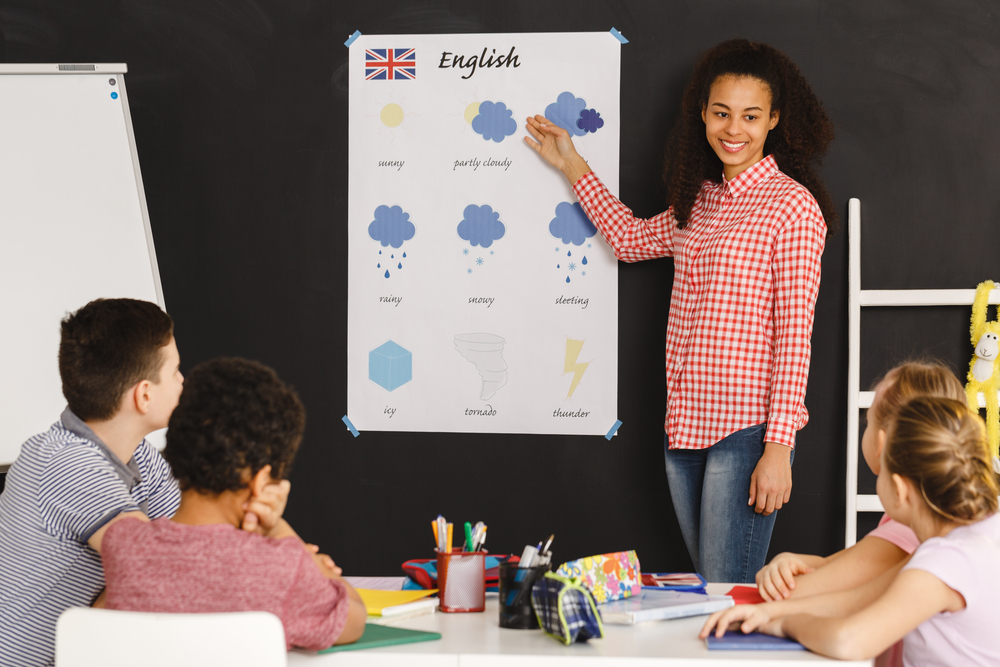
.jpg)












